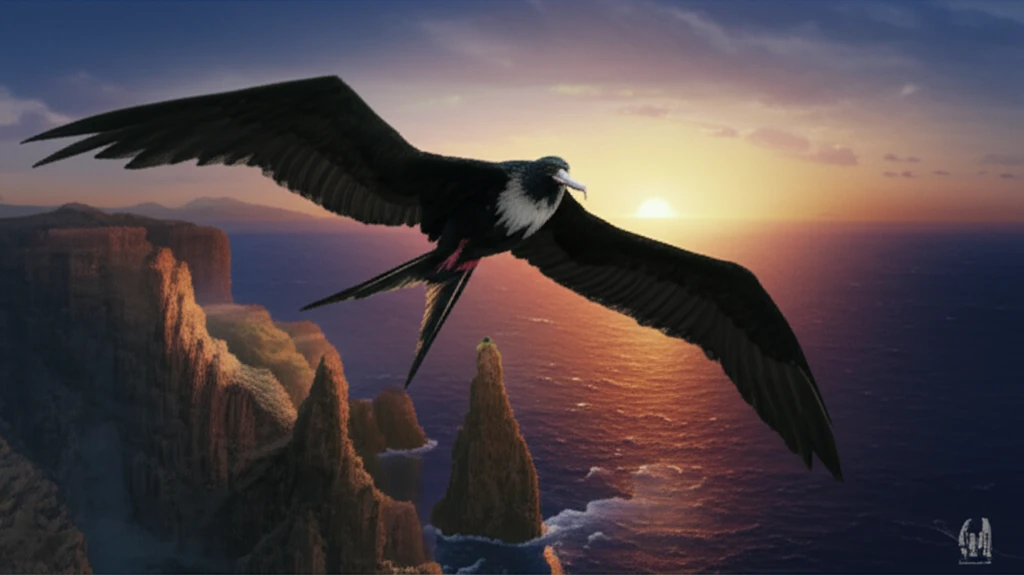
Ascension Frigatebird: Unlocking Mysteries of a Lone Seabird
"A Deep Dive into the Taxonomy, Conservation, and Unique Life of the Ascension Frigatebird"
In the world of taxonomy, clarity is key. The naming of a species needs to be precise. However, history hasn't always made it easy. Early scientists often relied on descriptions and illustrations, which can be vague. This is why designating a 'type specimen' – a definitive example – is so important. But what happens when the original type is lost or unclear?
The story of the Ascension Frigatebird (Fregata aquila) is an interesting one. This seabird, found primarily on Boatswain Bird Island near Ascension Island in the South Atlantic, faced just such a naming dilemma. To understand, we delve into its past, its unique characteristics, and what it takes to secure its identity for future generations.
This bird belongs to the Fregatidae family, a group of seabirds spread across tropical and subtropical oceans. Frigatebirds are easily recognized by their mostly black plumage (especially in males), long pointed wings, deeply forked tails, and long, hooked bills. Females usually display some white feathers, while juveniles are often white or rufous-headed with extensive white underparts.
The Naming Conundrum: Unraveling the History of Pelecanus aquilus

Originally, the Ascension Frigatebird was described by Linnaeus in 1758 as Pelecanus aquilus. His description, translated, indicated a bird with a forked tail, black body, and white head and belly. This description was influenced by earlier works, particularly by Johan Lorens Odhelius in 1754 and Pehr Osbeck in 1757. While their descriptions offer valuable insights, they predate 1758 and are thus unavailable for formal nomenclature under the International Code of Zoological Nomenclature.
- Browne (1756): Described a 'dark bird with forked tail,' likely referring to a male Magnificent Frigatebird found in the Caribbean.
- de Laet (1633): Mentioned a Brazilian seabird called 'Caripira' with a forked tail, another name for the Magnificent Frigatebird.
- Sloane (1707): Reported seeing 'Men of War Birds' near Barbados, without specific details or illustrations.
- Petiver (1764) and Willughby (1678): Provided an imprecise illustration labeled 'The Indian Forked Tail.'
- Albin (1738): Illustrated 'The Frigate Bird,' clearly a male, and probably a Magnificent Frigatebird.
Neotypification: A Modern Solution for an Old Problem
To resolve this confusion and firmly anchor the name to the correct species, scientists designated a neotype – a new type specimen. BMNH 1899.1.4.13, an adult breeding male collected from Ascension Island in 1877, now housed at the Natural History Museum at Tring, UK, was chosen. This designation adheres to the rules of the International Code of Zoological Nomenclature, ensuring clarity in taxonomy. By carefully selecting a neotype that aligns with the species’ unique characteristics and origin, the identity of the Ascension Frigatebird is secured, promoting stability in scientific research and conservation efforts. It is a triumph for modern science and a vital step for protecting this unique species.
